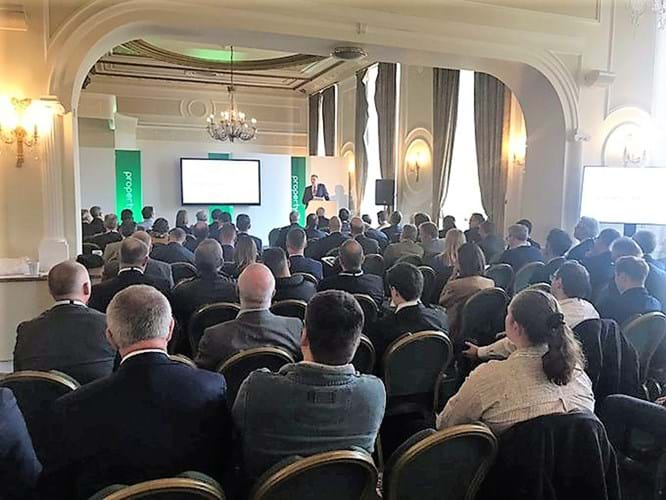Delegates at the NAVA Forum last week were given practical tips on how to comply with the Fifth Anti-Money Laundering Directive (‘5AMLD’), expected to become UK law in January 2020.
Aimed initially at banks and financial institutions, EU regulations around money laundering are being widened to include art and antiques, a sector selling high value goods and therefore considered vulnerable to money laundering activities.
The so-called 5AMLD directive, due to enter UK statute books by January 10, 2020, specifically references the art market as a sector required to comply with AML rules.
‘Fifth amendment’ change
The 5AMLD cites ‘persons trading or acting as intermediaries in the trade of works of art, including when this is carried out by art galleries and auction houses, where the value of the transaction or a series of linked transactions amounts to €10,000 or more’.
Dealers, auctioneers and agents must have a system of AML policies, procedures and training, all based on documented AML risk assessment.
Compliance tips
At NAVA’s Forum, Mark Hayward, chief executive of estate agents’ body NAEA Propertymark, presented 5AMLD compliance tips for all auctioneers – property and chattels – in their role “as agents”.
Hayward noted that the feeling among financial authorities is that “the legal, property and fine art sectors don’t seem to be doing what they should”.
His top tips for property and chattels auctioneers were:
1. Staff
Auctioneers need to appoint, not just an Anti-Money Laundering Reporting Officer (MLRO) but a deputy MLRO also, to cover for absences. Staff need to have AML training on an annual basis, with the learning outcome of that training recorded.
2. HMRC audits and transparency
HM Revenue and Customs can conduct AML audits on firms and “you can’t put them off [coming] or be creative” about AML record keeping, Hayward said.
When HMRC telephones a business regarding AML compliance, “they will first ask to speak to a director and if they cannot, they’ll ask the receptionist ‘can you tell me the name of your MLRO’. If the officer can’t be named, HMRC will investigate further”.
3. AML records
“HMRC will want to see your AML policy and risk assessment (which you have to review regularly): it can’t be generic, something you bought off the internet," Hayward said. "They expect you to do customer due diligence (CDD) on your sellers, and you're now obliged to do CDD on your staff, proof of identity and annual training."
4. Fines
Another change brought in by 5AMLD is that “the authorities reserve the right to fine you as an individual – as opposed to your business – for non-compliance”. If suspected of non-compliance, a firm’s VAT and tax records will be investigated, Hayward warned.
5. Reporting suspicious activity
Hayward encouraged auctioneers, if they have grounds to suspect money laundering is taking place by a customer or prospective client, to make a Suspicious Activity Report (SAR).
Too few auctioneers were doing this, he said. “Some 785,000 SARs have been submitted [to date] yet only 800 of these were from auctioneers,” Hayward said. “We are seen as being lacking and not too attentive [on this].”






